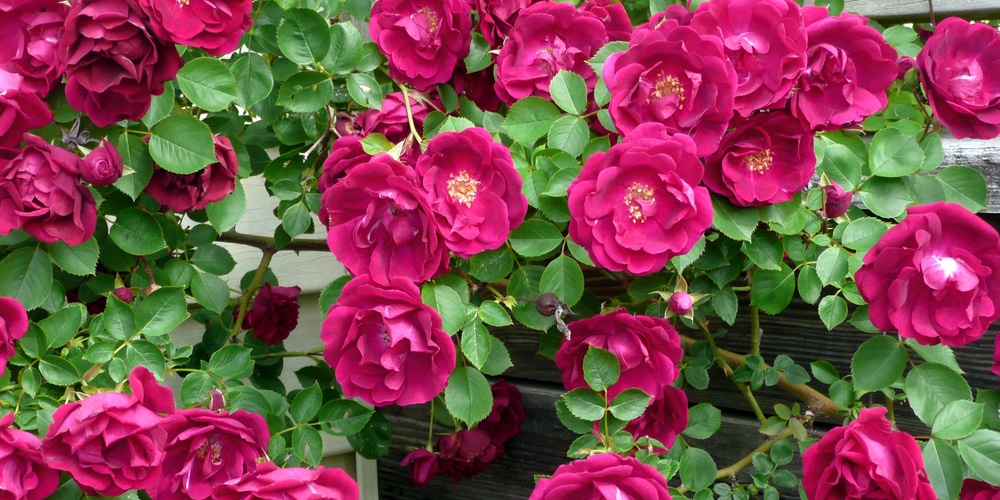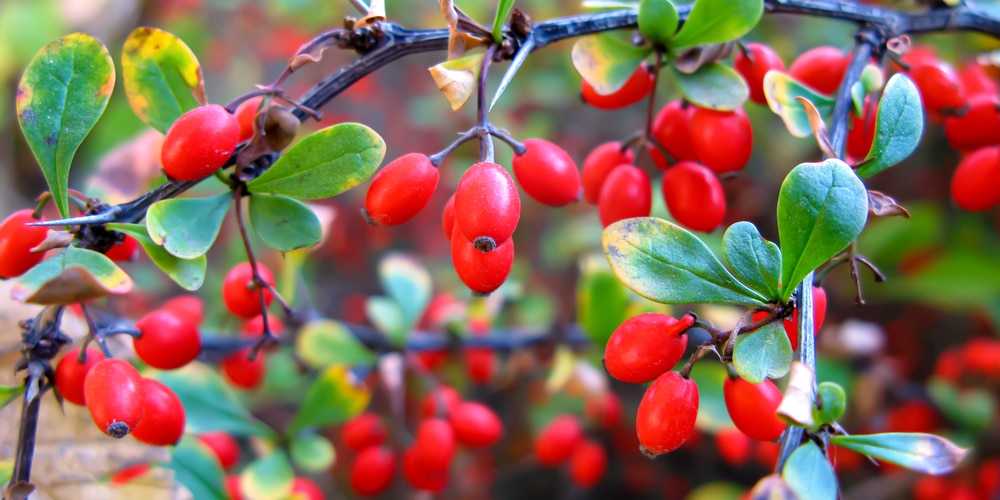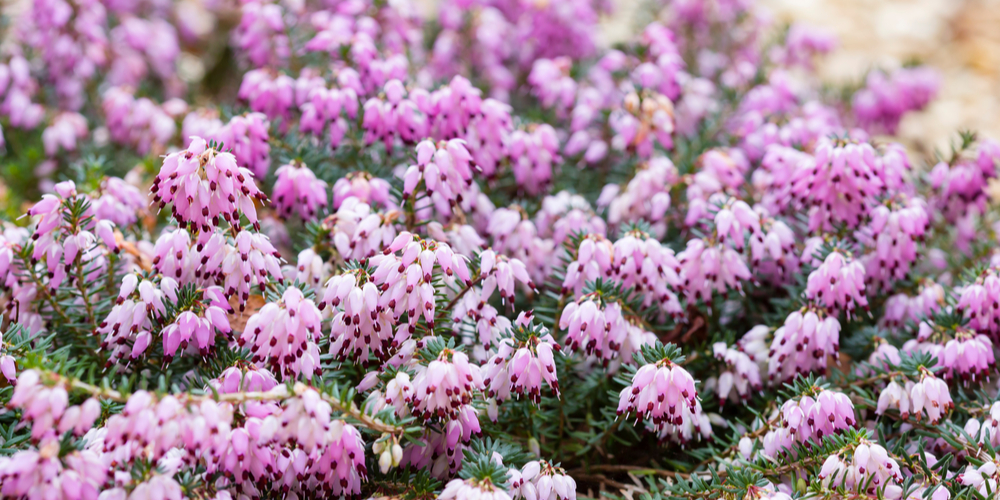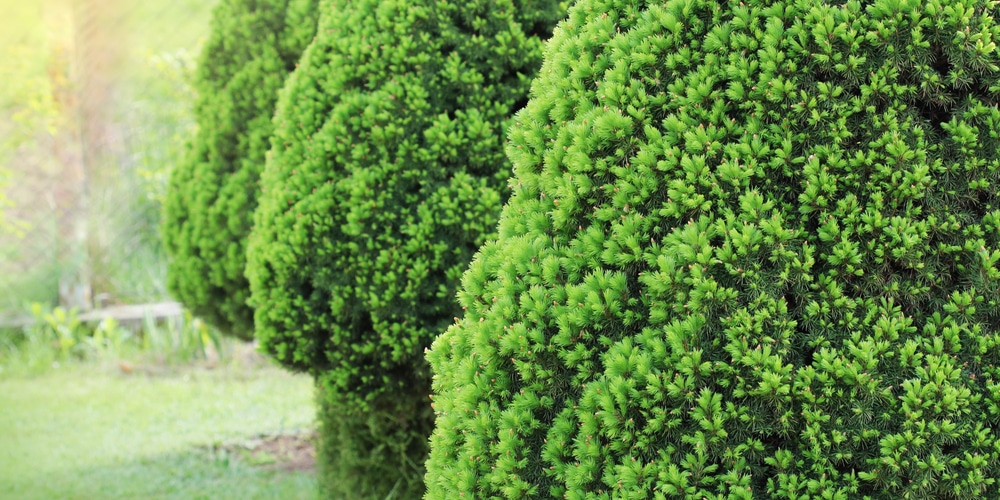Blue Rug Junipers are attractive and easy to care about evergreen plants with silver-blue leaves. These low-maintenance plants have superior tolerance to drought and prefer well-draining soils. If you have sunny slopes, consider planting some blue rug junipers to create a lively space.
Blue Rugs will thrive where most plants will fail to live due to lack of water. Junipers grow at moderate speed, but you’ll still have to undertake regular pruning to keep them in shape and encourage new growth.
Blue Rug Juniper is native to Alaska and other northern American states. Despite its natural habitat, this plant will adapt to heat in most hardiness zones, provided that it receives full sun and regular (but not frequent) watering.
You can grow Junipers as a ground cover for a large site: the result will be a mat that is thick enough to contain weeds and provide a delicate contrast to your flowering plants. Also, you can plant Blue Rug Juniper to control erosion on slopes. If you live somewhere where winters get snowy, you won’t have to worry about protecting your plant from the weight of the snow: these junipers won’t collapse and will keep their color even during the coldest months of the year.
If you are wondering what to plant next to these evergreens, don’t worry. In this “Blue Rug Juniper Companion plants” guide, you’ll find all you need to select the proper pair of plants. Don’t forget to check with the plant’s requirements before planting it in your garden to make sure you can give it what it needs to thrive.
Grow Blue Rug Juniper in Gravel
If you are looking for an attractive landscaping effect, consider growing your juniper among gravel or rocks. Over time, your plant will spread along the sides and add a beautiful texture to your garden. Junipers are the ideal addition to any garden bed, especially when you compliment them with other shrubs such as burning bushes, heaths, heathers, or lavender.
Roses
For a dramatic effect, consider pairing your blue rug juniper with roses. They both have similar growing requirements and will help repel pests and diseases. Plus, the contrast between the hardy juniper and delicate roses is an attractive show!
Barberry
Barberry can make an ideal companion plant to blue rug juniper if your objective is to add color to your garden. These low-maintenance shrubs show their beauty all year round and make for optimal foundation bushes. Indeed, they adapt to most environments and grow uniformly. Barberry and Blue Rug Junipers can make your landscape attractive during the winter.
Kramers Red Winter Heath
While most Heath shrubs combine well with junipers (without competing for nutrients and water), the Kramers red variety adds a stunning splash of color to the mixture between January and April. Indeed, the Kramers Red Winter Heath produces purple bell-shaped blooms that attract bees even in mild winter climates. Plant the two allowing for enough space to grow to avoid overcrowding.
Dwarf Alberta Spruce
Dwarf Alberta Spruce is an evergreen conifer that won’t grow more than 13 feet tall. Many homeowners appreciate this tree for its pyramidal shape and aromatic green needles. As a Blue Rug Juniper companion plant, this tree adds texture and a contrasting green color. Your Junipers will contribute to keeping weeds at bay and increase water retention in the soil.
Lavender
We mentioned how lavender is the ideal companion to Junipers when planted among gravel or stones. However, even if you decide to add the two on the ground, you’ll enjoy their stunning contrast. Lavender has a pleasant smell and attracts pollinators and harmful insects. The win-win is obvious. You get to admire your beautiful yard, your plants will thrive, and you won’t have to deal with attacks from annoying pests.
Blue Rug Juniper Companion Plants: The Bottom Line
Finding suitable blue rug Juniper companion plants doesn’t have to be complicated. These versatile plants can grow well with most species. Select plants that will bring benefits and look good in your garden.
Remember to check if you can meet their basic requirements before deciding to plant them in your yard. Companion plants should have similar soil and nutrient requirements for you to make the most out of their mutually beneficial relationship.
You May Also Like: Is Rice Water Good For Plants?




